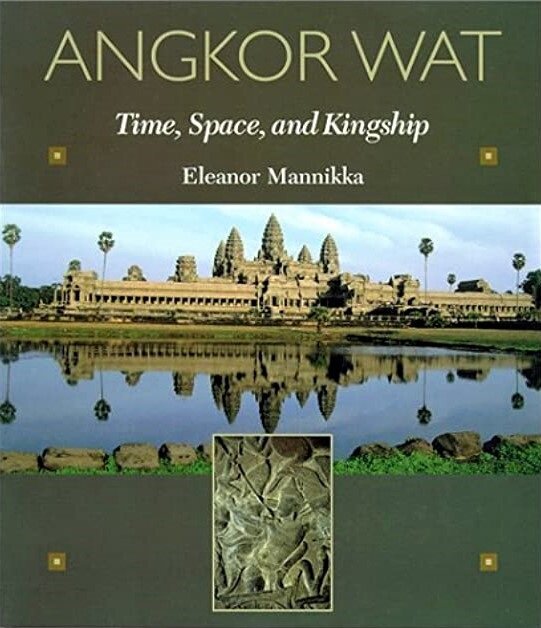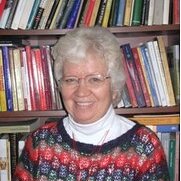Angkor Wat, Time Space and Kingship
by Eleanor Mannikka
An exploration of the spatial and numerological organization of Angkor Wat

Type: on-demand books
Publisher: University of Hawai'i Press
Edition: digitized version
Published: 2000
Author: Eleanor Mannikka
Pages: 350
ISBN: 978-0824823535
Language : English
108 (cubits), 32 (devas), 12 (adityas), 108 or 54 (phyeam, Indian measurement unit)…studying every inch of the Angkor Wat temple, the author finds a remarkable symmetry, and the recurrence of digits that that hold special, sacred significance in ancient astronomy and numerology.
Why did King Suryavarman II សូរ្យវរ្ម័នទី២ (? — 1150?), the builder of Angkor Wat, dedicate the temple to Vishnu, and with such a particular alignment to the moon and sun courses ? And why battle scenes are so preeminent in its bas-reliefs? To answer both questions, the author summarizes her hypothesis as follows: “The date of 1021 saka may be only one of a series of “birth” dates. The range of four axial measurements in the third gallery can be interpreted as: 1021 = birth of King Suryavarman; 1035 = birth of Suryavarman as king; 1038 = birth of Angkor Wat; 1048 = birth of the Vishnu image in the central sanctuary of Angkor Wat (…) The king was most likely crowned in 1119 CE when he was 20 years old in one of the major ceremonies of his reign. That event would date the Churning of the Sea of Milk to 1119, with the Battle of the Devas and Asuras symbolizing a battle in 1122 or 1123 [against the Dai Viet]. This would place the events of the two originally intended panels on each side of the northeast corner between 1119 and 1122 if the chronological sequence in the relief program were to continue, following a counterclockwise movement.”
email hidden; JavaScript is required
Tags: astronomy, numerology, temple measurements, Suryavarman II, Champa, wars, archaeology, Dai Viet
About the Author

Eleanor Mannikka
Eleanor Mannikka lived and taught in Venezuela for many years before locating permanently in Michigan, where she teaches Southeast Asian art at the University of Michigan.
She published her first work on Angkor Wat in 1976, coauthored an article in Science magazine, and has had her work featured on the American television series Archaeology. Her doctoral thesis in 1985 was titled: Angkor Wat: Meaning Through Measurement.
Eleanor Mannikka has participated in many efforts to preserve the site of Angkor and its temples, including the 1990 and 1992 Unesco meetings in Bangkok and Paris.
